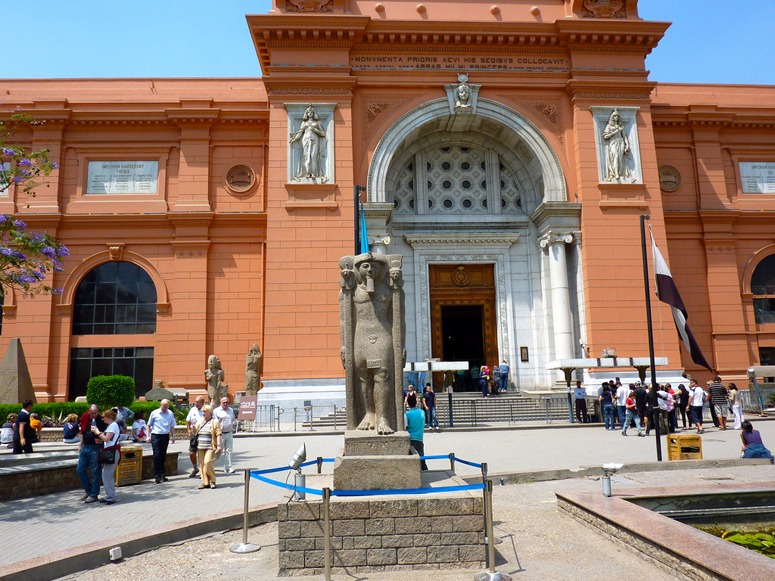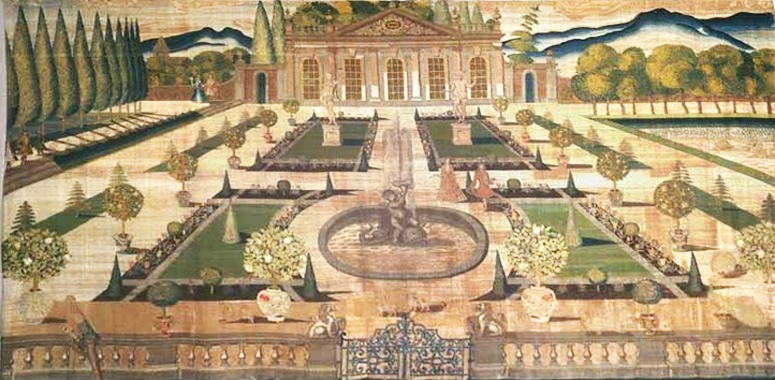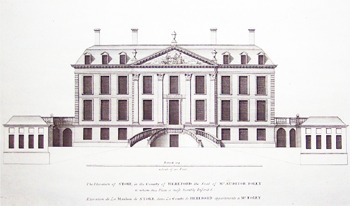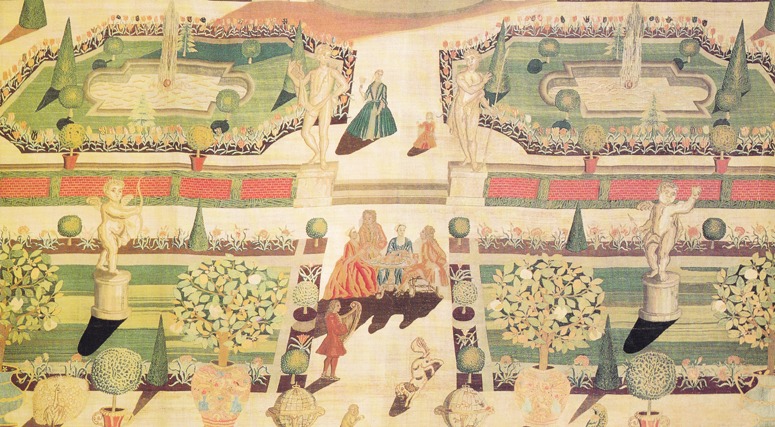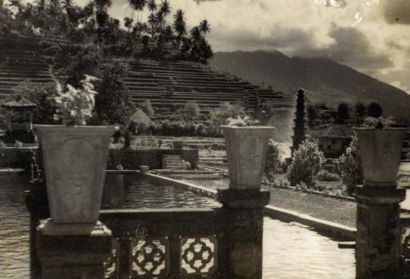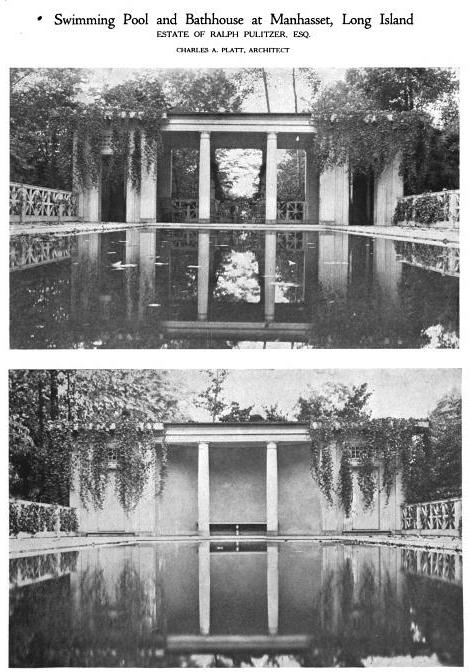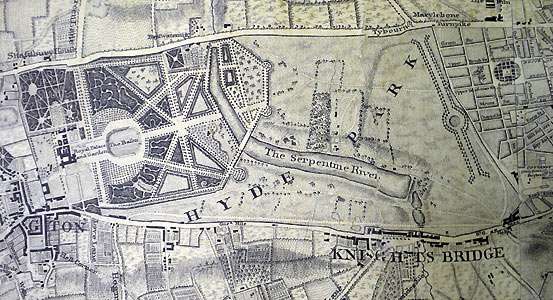A video clip of a 71-year-old lady using her handbag to stop a gang of thieves robbing a jeweller is being shown everywhere. Ann Timson deserves to be memorialised in a park or garden. She encapsulates a strand in English foreign policy and English garden design. Instead of making a permanent alliance with any foreign power, England’s aim was always to maintain a balance of power and to support the rights of small countries. Burglars had to be fought. Bullies had to be defeated. It was self-interest. Nor was any foreign style of garden design ever adopted in its entirety. Nor is any one plant allowed to dominate a garden. Young plants are cherished like children – and then ruthlessly cut back when they begin to overwhelm their neighbours. A good place for a statue of Ann Timson bashing the burglars would be at the other end of Victoria Tower Gardens from Rodin’s Burghers of Calais.
Note: if the Youtube link does not work, the video can also be seen here and here or, with an advert and an American commentary, here.

